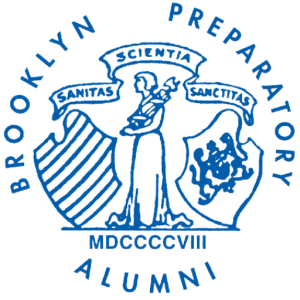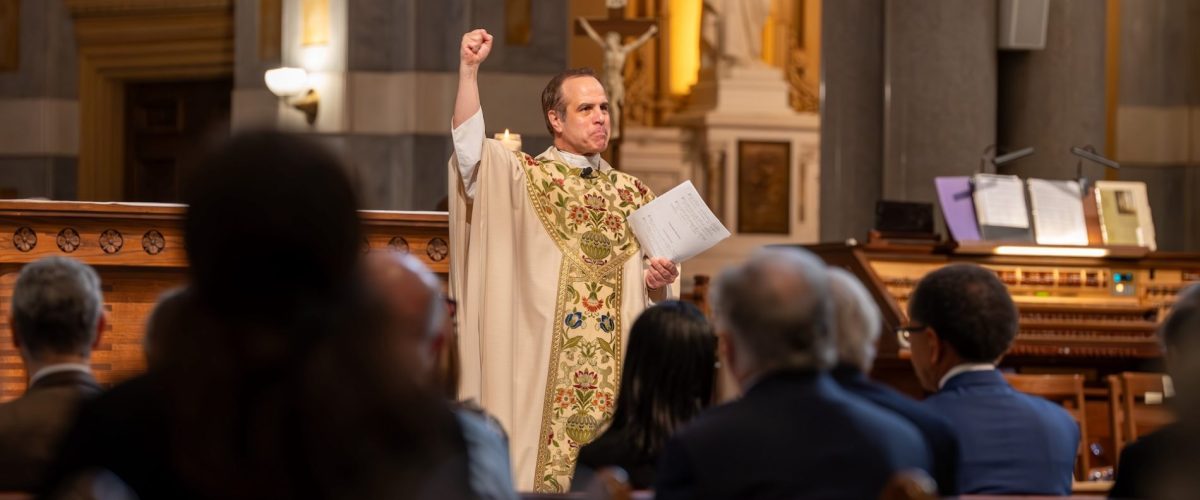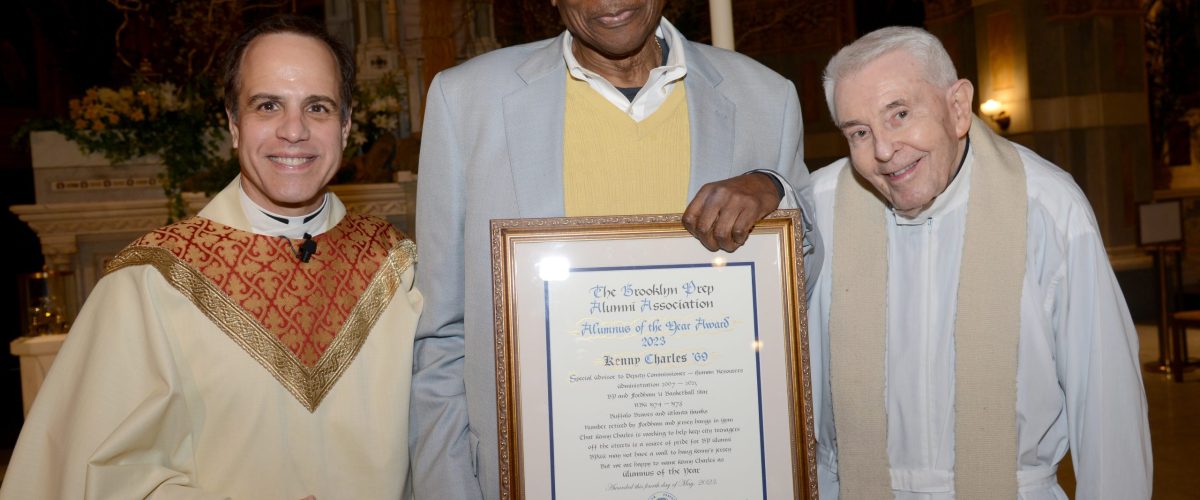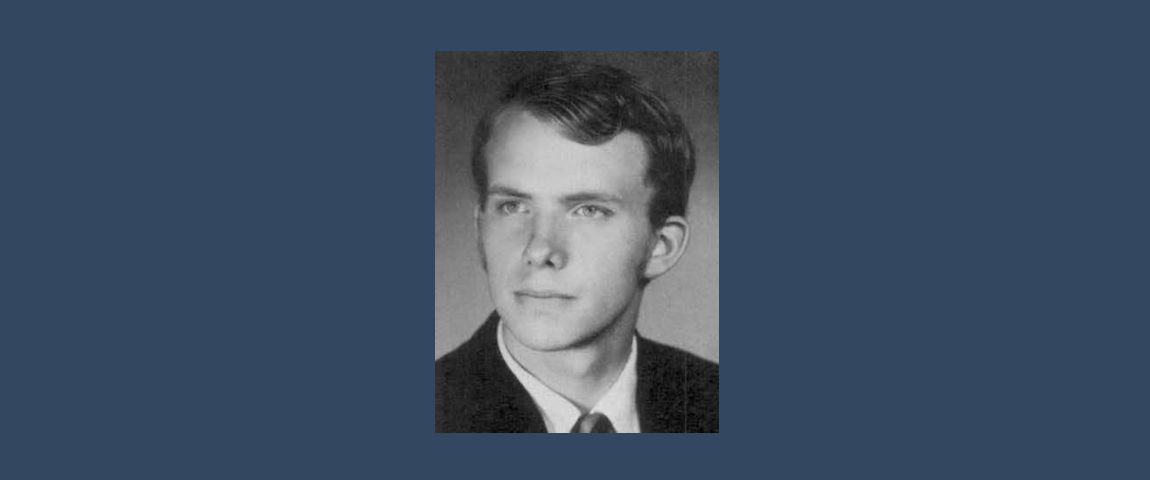History of Brooklyn Preparatory High School
Three noteworthy institutions have resided on Crow Hill, in Crown Heights, Brooklyn, the most famous being Brooklyn Preparatory High School. Previously, Kings County Penitentiary occupied the area bounded by Rogers and Nostrand Avenues and by Carroll and Montgomery Streets; today, Medgar Evers College, of the City University of New York, shares the city block with St. Ignatius Church and Loyola Hall.
Like Manhattan, Crow Hill was purchased from American Indians with the permission of Governor Francis Lovelace; however, this time, it was the Indians who swindled the colonists. In 1607 Peter Elmohar and Job and Shamese Makaquiquas, did not hold a title to the land which they sold for one hundred guilders, three long barrel rifles, four match coats, a half tun of strong beer and two half tuns of ordinary beer. They were Canarsie or Sachem Indians from Staten Island who had merely traveled to Brooklyn to hunt.
The property changed hands several times. Owners included Jacob Ryerson, Jeremiah Vanderbilt, Jacob Bergen, John Lefferts, Isaac Cortelyou, and John Lott, names identified as amongst the first families of Brooklyn and later as names of prominent streets. In 1846 the Kings County Board of Supervisors purchased the site. The penitentiary and workhouse, where prisoners made shoes, was completed in 1848. Inmates, most memorable Polly Frisch, would exercise in the yard, which became the Preps athletic field. The steel-barred basement windows and wall remain as the only reminders of the jail since the building was demolished in 1907. That year the site was sold to Bishop McDonnell, who subsequently sold it to the Society of Jesus.
In November 1907, plans were drawn up for the building of Brooklyn College and a two-year grammar school, preparatory school, and college, which would have encircled the entire block. However, these ambitious dreams were later scaled back due to World War I. The cornerstone of the original building, which faces Carroll Street and measures 40 x 200 feet, was put in place by Bishop McDonnell on April 24, 1908. On that occasion, with wishes of success from Pius X and President Roosevelt, the school was solemnly blessed by the Right Reverend Monsignor P. J. McNamara, Vicar General of the Diocese. The initial group of 226 students was greeted by the Reverend J. F. X. O'Conor, SJ, founder and first President, as follows: "We wish to make you Christian, educated gentlemen. Brooklyn Prep men are RICH R is for Religion, I for Intellect, C for Character and H for Health. The first commencement exercises were held on June 15, 1909. Tuition was $25.00 a quarter plus a $25.00 entrance fee.
For twenty years both college and prep students shared quarters, and faculty lived across the street at 1125 Carroll, Jogues House. Loyola Hall, facing Rogers Avenue, was built in 1915; and St. Ignatius Church was erected adjacent to it. A Prep grad, Felix P. McKenna, of the New York architect firm McKenna & Irving, designed and supervised the erection of the new faculty-house and high school wing extending toward Crown Street which was completed in 1929. The final expansion in 1959 added more classrooms, a cafeteria, gymnasium-auditorium, and pool facing Crown Street.
The Prep has had three different legal names. The BC on the glass of the front door harkens back to the beginning when Prep was known as Brooklyn College and Preparatory School. In 1913 the college department ceased and the name was legally changed to Brooklyn Academy, although everyone referred to the school as Brooklyn Prep. Then in 1927, the Academy title was dropped and Brooklyn Preparatory School became the official title.
The saga of Brooklyn Preps closing began in 1968 when a consolidation program was announced at a New York Provincial meeting of the Society of Jesus. Crippled by debt and a lack of vocations, the Society could no longer support nine high schools. Various options were proposed, such as having the Brooklyn Diocese take over operations at the Prep, or raising tuition from the current $850.00 (it had been just $450.00 in 1967) and making the school self-funded; until New York City expressed an interest in purchasing the building. The City University system was expanding due to its new open-enrollment policy. The sale for $2.75 million occurred in July 1971 with the stipulation that the Prep would vacate the building by the following year. This phase-out program allowed the class of 1972 to graduate and the class of 1973 was given the option to accelerate and to graduate in 1972.
During its peak years, the Prep numbered close to 1,000 students and 50 faculty members. More than 490 teachers and 9,300 graduates passed through the doors at 1150 Carroll Street from 1908 through 1972.
Today, the Brooklyn Prep Alumni Association keeps the memory of the Prep alive at their Annual Spring Dinner and on www.brooklynprep.org. The Association, through dues, contributions and special events, such as the Golf Classic, designates scholarship money for students in need of financial assistance to attend Jesuit High Schools in the New York Province.





